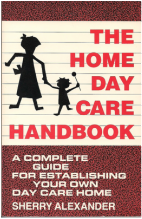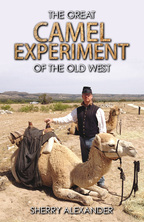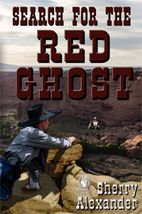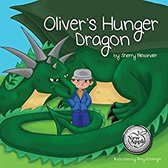
Over the years, I have seen a lot of discussion on whether one writer is a panster or planner. A panster is someone who writes by the seat of his/her pants. For panster writers the story does flow onto the paper. The characters, the plot, the beginning, middle, and end are firmly planted in their mind. Of course, it's not as easy as I just described. I'm sure there is a lot of mental frustration, revising, and deep thought into each and every scene. I'm just not one of them. I am a panster/planner.
I have stories--too many, in fact--rumbling through my brain. And, most of the time I know the beginning, the middle, and the end. I can sit down and write those elements of my story without anything else. However, that writing amounts to only a few thousand words. Oh, I know my characters. They formulate in my dreams and quickly become friends, but I can't seem to dream up the path my character walks through the story I've created. That is where the outline comes in, or the veins that propel my story to the end.
I use a very short (no more than 4-6 pages) four part outline. It includes the beginning/start of the conflict and theme, the middle/rise of the conflict, the culminating event that leads to the climax, and finally the resolution. Into each section goes several scenes. Not completed ones by any means, just the bare bones journey my character must take to get to the next section. So you see it's not your average outline, it's more of a "Take One" scene structure. I used this type of outline for Search for the Red Ghost. In that book, there is so much action, I needed to plan out the scenes so Jake's adventure kept the plot moving to the final climax and resolution. It may not be the conventional use of an outline, but it seems to work for me. I'm using the same process for my two latest works in progress--Morgan the Magnificent and Firestarter. (more about them later)
So what are you? Planner, panster, or both? How do your stories make it from dream to reality?
 RSS Feed
RSS Feed



